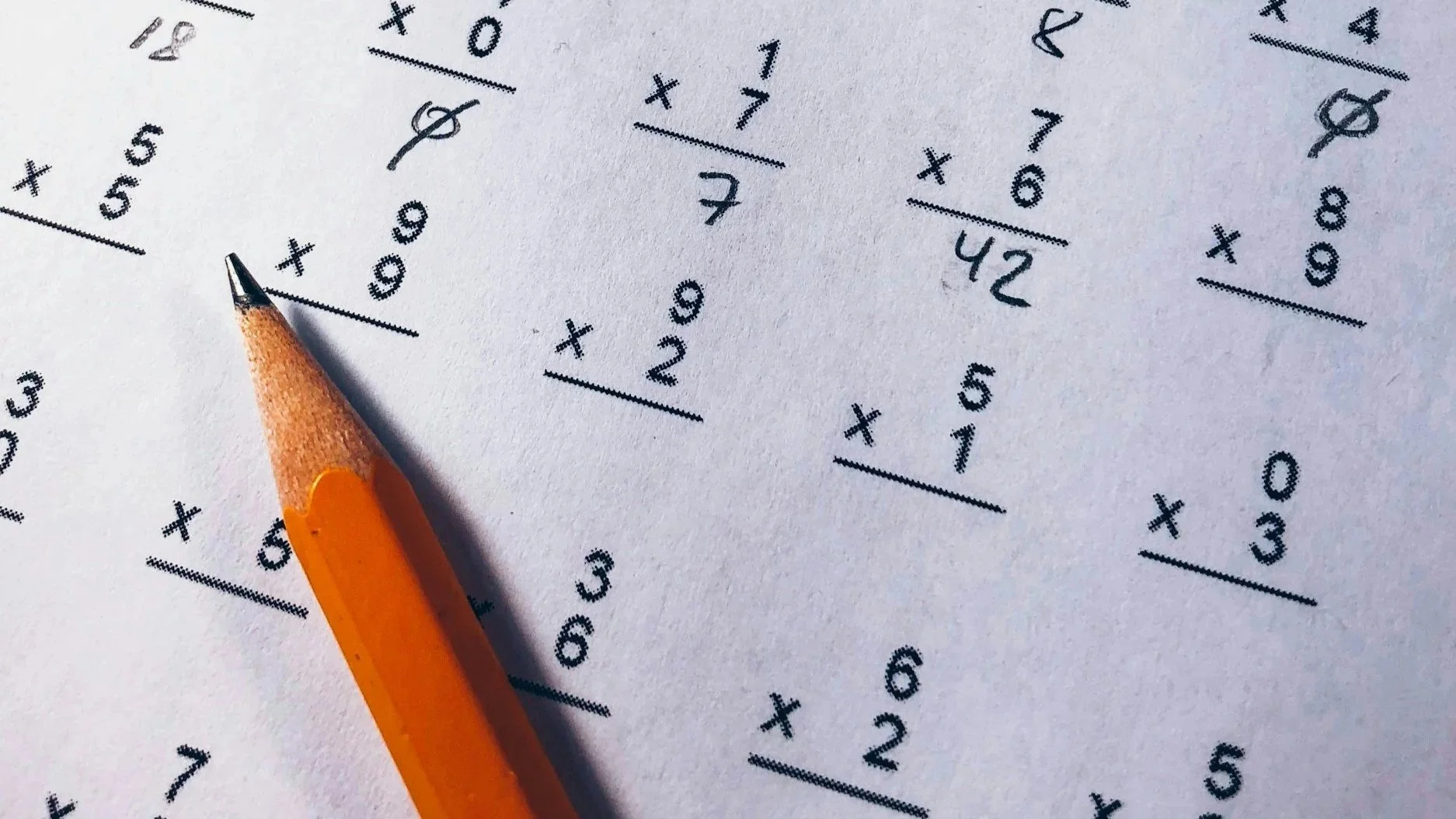Speed Isn’t Everything: Why Fluency Beats Rote Memorisation Every Time
If you’ve ever worried your child doesn’t “know their facts fast enough,” take a breath.
Fluency is more than just reciting facts.
When we were at school, speed with facts and processes was the goal, now fluency (accuracy, flexibility and efficiency) is key.
Being fluent means being accurate and accuracy speaks for itself.
Being fluent means being flexible with the way we work with numbers.
Being flexible means that if they ever get ‘stuck’ because they can’t recall an answer, they know they have other ways to find the solution, and when they start working with larger, or more complicated numbers, they can see ways to make the calculations easier.
For example, if your child knows 7 x 8 = 56 but can also show you 2-3 other ways to get to the same answer, that’s great. It means that when they come across 17x8, they won’t get stuck because they’ll have ways to solve this.
Being fluent, means being efficient and this is about knowing when and why to use one method over another.
Initially, your child may prefer one method over another because they understand how and why it works.
For example, using an algorithm is efficient in certain situations and not in others. If your child was solving 234 + 16 or 2004-5, an algorithm isn’t the most efficient way to solve this, and solving 17x8 in an algorithm may not be efficient because your child doesn’t understand the algorithm.
This is why they are taught lots of ways/methods/strategies - so they have the most efficient one for the question they are solving, and a way that they understand.
But as maths is cumulative, meaning that new concepts are built upon old ones, we need to make sure that those old ones are solid, and this is where the practice at home comes in.
While it is great to see your child draw an array (rows and columns of dots) or use an area model to show that 7x8 is 5x8 and 2x8 combined, at the end of the day, they need to become automatic with this fact.
Memorisation has its place — but only when paired with meaning.
It’s very hard to remember facts that you don’t understand.
I am a big, B-I-G fan of ensuring that our kids have sound conceptual understanding of the maths they are learning - knowing WHY things work, not just how. It is critical and something that needs to be worked on constantly, but … conceptual understanding needs to be worked on at the same time as fluency.
While building their understanding, we work on their accuracy, flexibility and efficiency, so that when they become fluent, they do so with a sound understanding of the concepts/facts. Then speed or automaticity can be added to the practice, because this is a measure of their fluency.
Today’s Takeaway Tip: Ask your child to explain how they got an answer. This opens up a conversation about their method, gives them a way to use the associated mathematical language and helps you understand their thinking.
A win, win, win.

